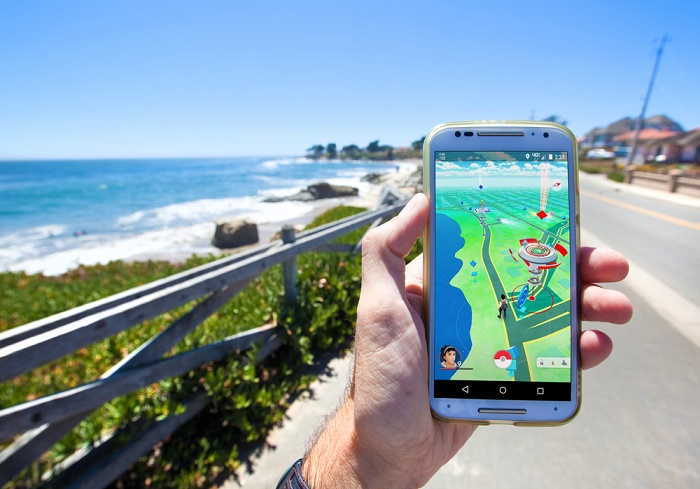
Within 24 hours of its release, Pokémon GO had stolen the hearts and minds of millions of players and countless more observers who didn’t quite know what they were seeing but knew it was a big deal nonetheless. Retailers began scrambling over each other for a piece of the Pokémon pie, and while McDonald’s in Japan has been the only official partner to strike a deal to date, plenty more are salivating over the next opportunity to come along.
If that next opportunity comes along — because, before Pokémon GO is anointed as the most successful mobile app of all time, it’s going to have to deal with a revolt among some of its most loyal users.
For the uninitiated, here’s a quick primer on how Niantic, the developer behind the game, implemented a location-tracking feature that ostensibly allowed users to track which creatures were in their areas, as well as triangulate their position on one in particular. For the first few weeks of the app’s deployment, the intended location-tracking feature was buggy, glitchy, rarely working and unreliable when it was.
Despite this flaw, the app’s popularity continued to soar, and several third parties emerged to fill the gap left by Pokémon GO’s inadequate Pokémon tracking. Sites by the names of PokeVision and PokeRadar sprang up through the power of crowdsourced data to tell players where and when certain digital creatures could be expected to show up in the real world.
It wasn’t a perfect setup, but it was a working one — until this weekend, when Niantic pushed its first major update for Pokémon GO out to the world.
An update that not only got rid of any kind of tracking feature in the game but one that also bricked any third-party tracking platform.
So far, this might seem like an issue distantly, if at all, related to the principles of effective mobile commerce, but as arguably the most talked-about app to come out in years and especially considering its loudly touted potential for the retail sector, Pokémon GO needs to account for the fact that it seems to have soured some of its fans to the point of applying for refunds through the app stores for in-game purchases. It’s never going to be a PR win when screenshots of cease-and-desist letters to third-party trackers start surfacing on internet forums, but muddying the otherwise optimized experience to this level of consumer angst isn’t normal.
The sooner Niantic straightens things out with its legions of players, the better. Gaming blog Kotaku reports that the company has been conspicuously quiet when it comes to things like updates and planned patches that other gaming studios are usually upfront and transparent over. Combined with the fact that Pokémon GO has assumed a stage that few other mobile apps have in such a short time, Niantic might not have the luxury to sit back and figure things out in a vacuum without acknowledging the consternation of its player base.
And of course, the longer it waits to address the problems of its players, the more Niantic puts its relationship with retailers at risk — if this boondoggle over location tracking hasn’t already opened up their eyes to something fishy already.
“It’s changing behavior,” David Shim, CEO of Placed, told Forbes. “From an analytics perspective, it’s going to tell you what people are going to do when they’re in Pokémon GO, not necessarily what they [naturally] do throughout the entire day.”
Sure, retailers will take data in the short term wherever they can get it. But if Pokémon GO doesn’t figure out a more natural way to track location and send its players off in the right directions, the app might just head in the wrong one.